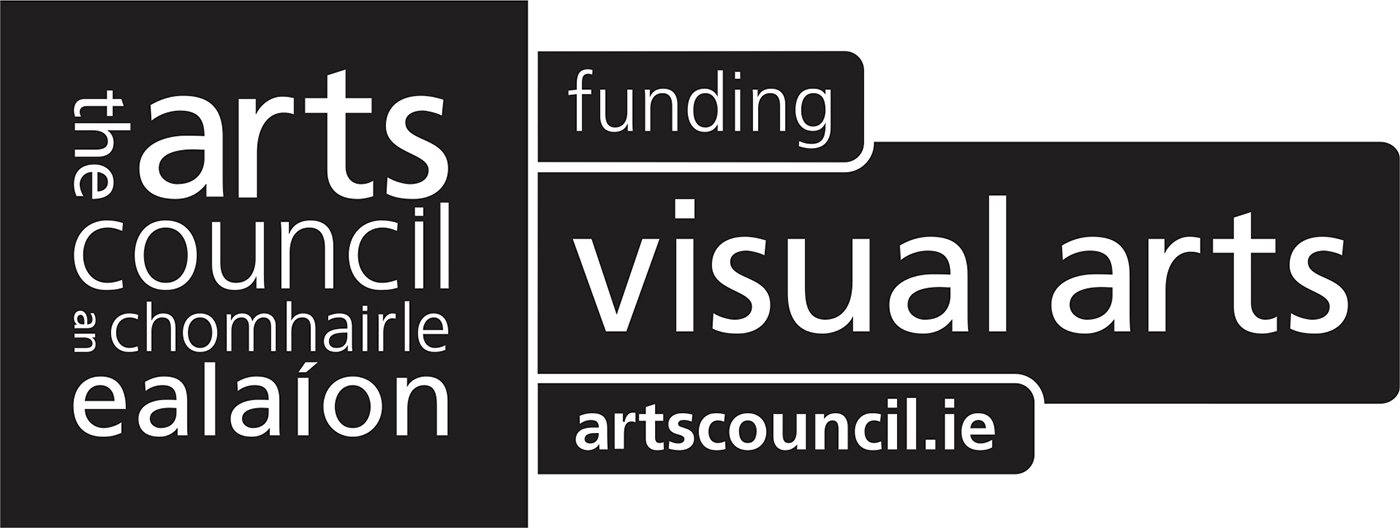Aftermath
Photographs by Anthony Haughey
Filmed Interviews by Laurence McKeown
Music Score by Elaine Agnew
In 1969 the largest evacuation of refugees since World War II took place in Ireland as thousands of people fled across the border to escape the unfolding conflict in Northern Ireland. In subsequent years the border counties continued to be heavily impacted; many people were injured or killed in bombings and shootings whilst others were imprisoned or displaced. Following the Good Friday Agreement and the cessation of overt conflict the issue arose of how to address the legacy of conflict.

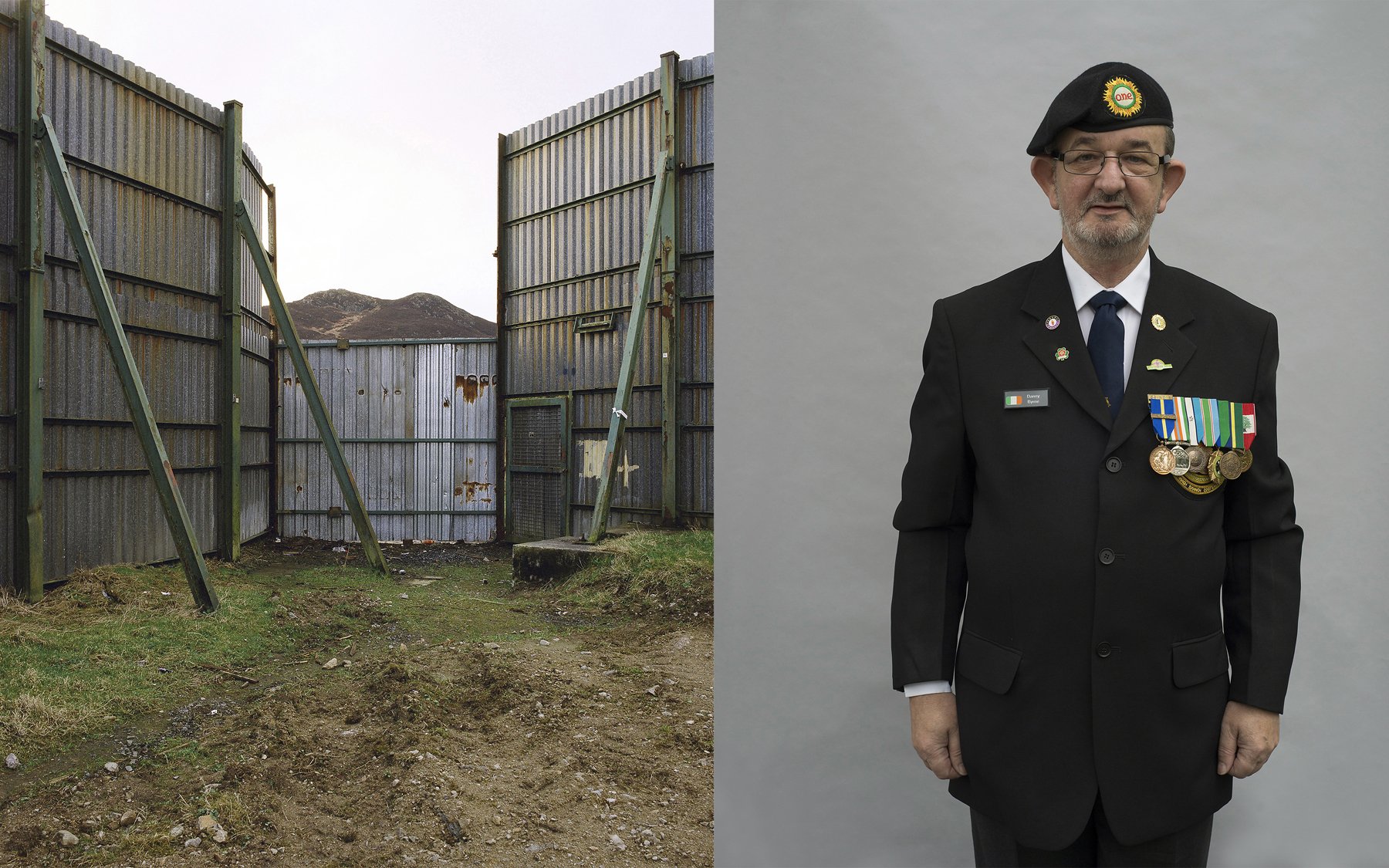
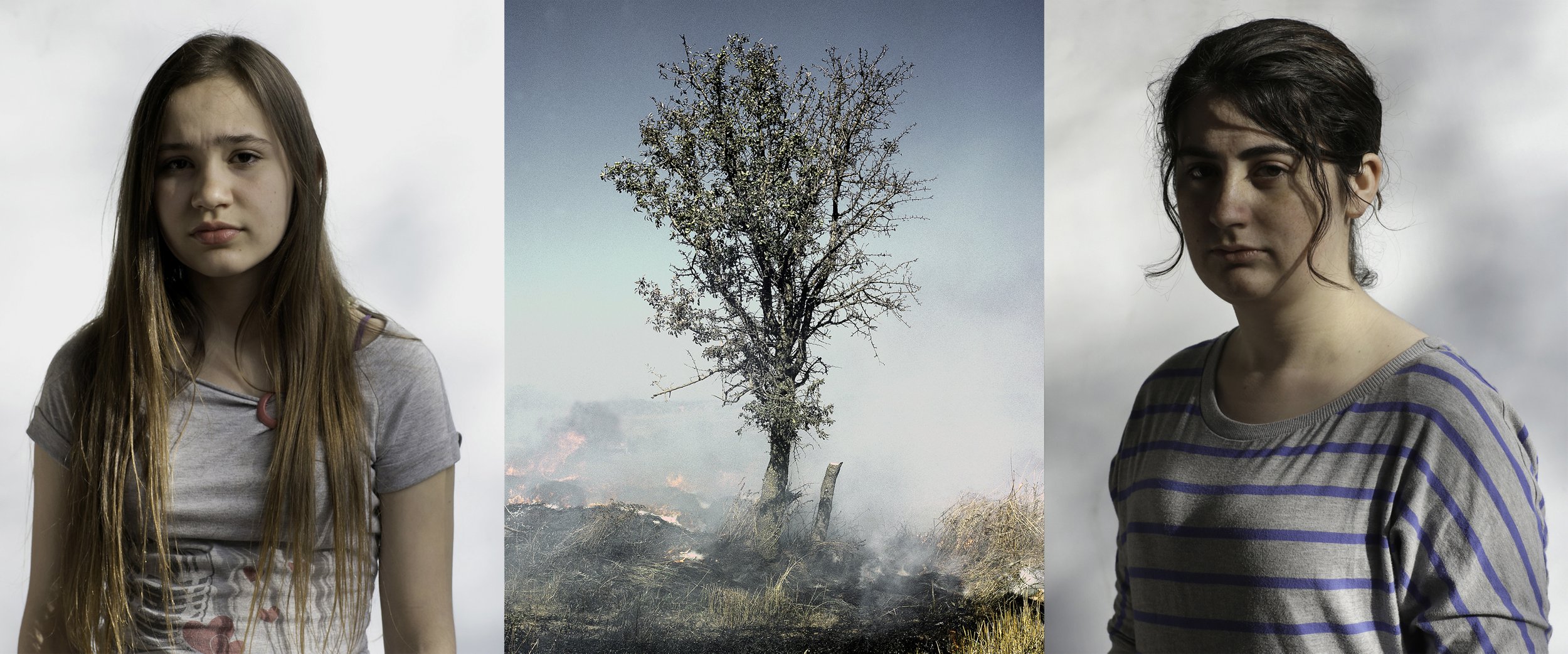
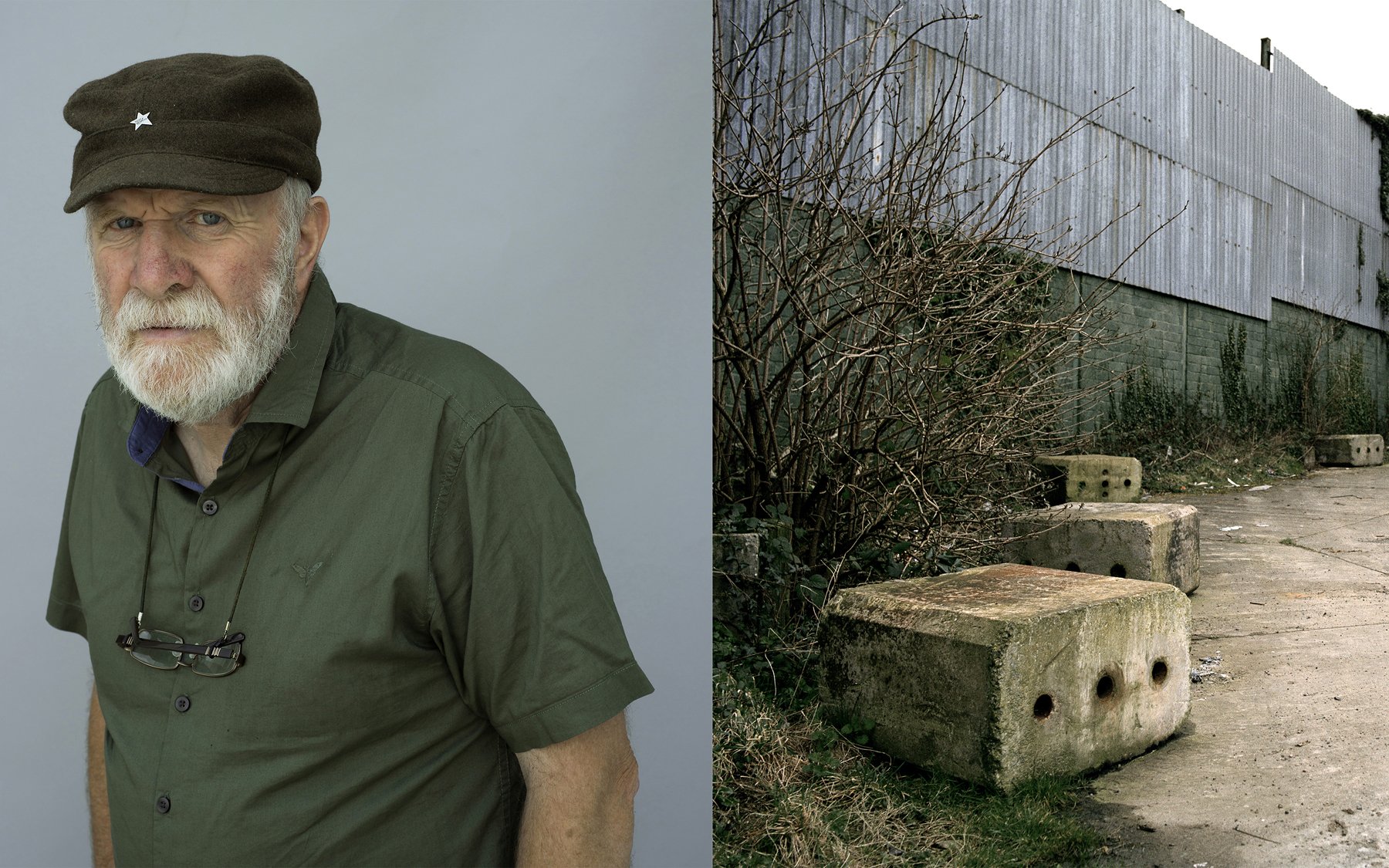
In the mid 1990s increasing political and economic stability in Ireland created the conditions for a new demographic shift with the arrival of asylum seekers and refugees from all over the world. These people often experienced the same fears and anxieties as their counterparts from the north. They also encountered similar suspicions and prejudices on arrival in their new home.
Aftermath sets out to explore hidden histories, unresolved antagonisms, and personal hopes and dreams. The project brings together people directly affected by trauma to share their experiences through photography, film and music. Filmmaker and Aftermath director Laurence McKeown and commissioned artist Anthony Haughey have worked closely with people displaced by conflict.

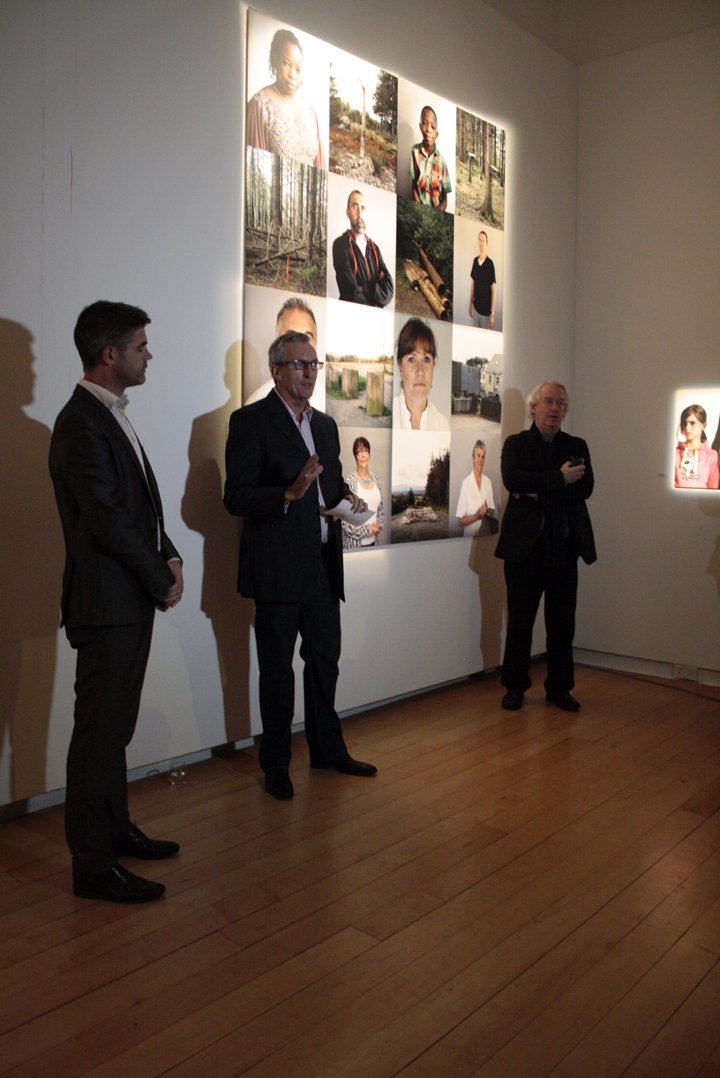
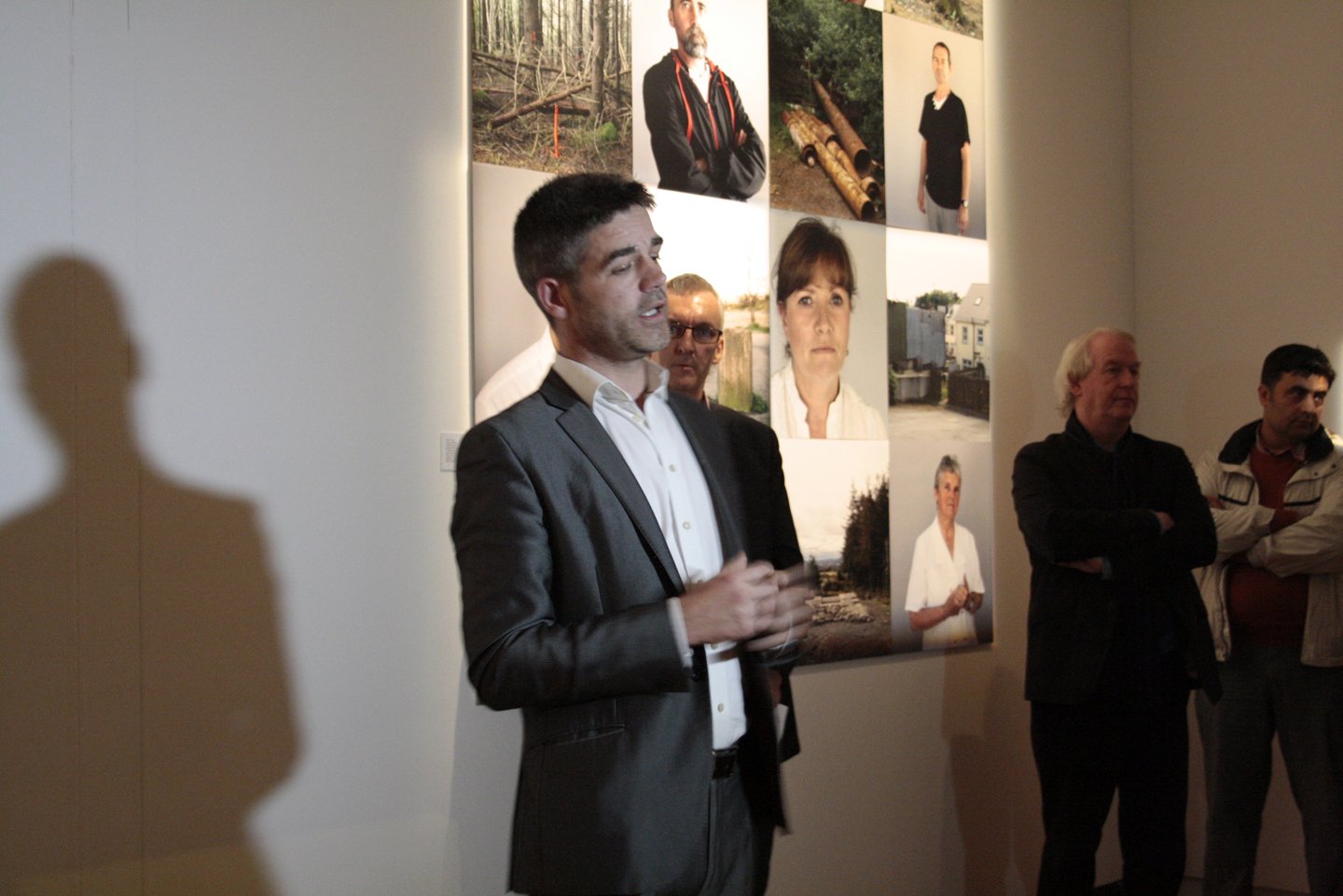

Curator Trish Lambe speaking on the exhibition with Dr. Laurence McKeown
Aftermath presents an extensive series of photographs by Anthony Haughey; a series of filmed interviews by Laurence McKeown; a specially designed sound installation, which engages visitors with the participants' narratives and a commissioned music score by Elaine Agnew, which includes the voices of participants. The exhibition also includes archival newspaper articles and photographs documenting the growing tensions in Northern Ireland from 1968 and is supported by a programme of curated events.
Aftermath was launched in Louth County Museum, Dundalk in September 2013 and toured to The Sean Hollywood Arts Centre, Newry from 14 November – 30 November 2013; and Belfast Exposed, Belfast from 5 December – 20 December 2013.
The Aftermath project is supported by the European Union's PEACE III Programme as awarded by Louth Peace and Reconciliation Partnership.
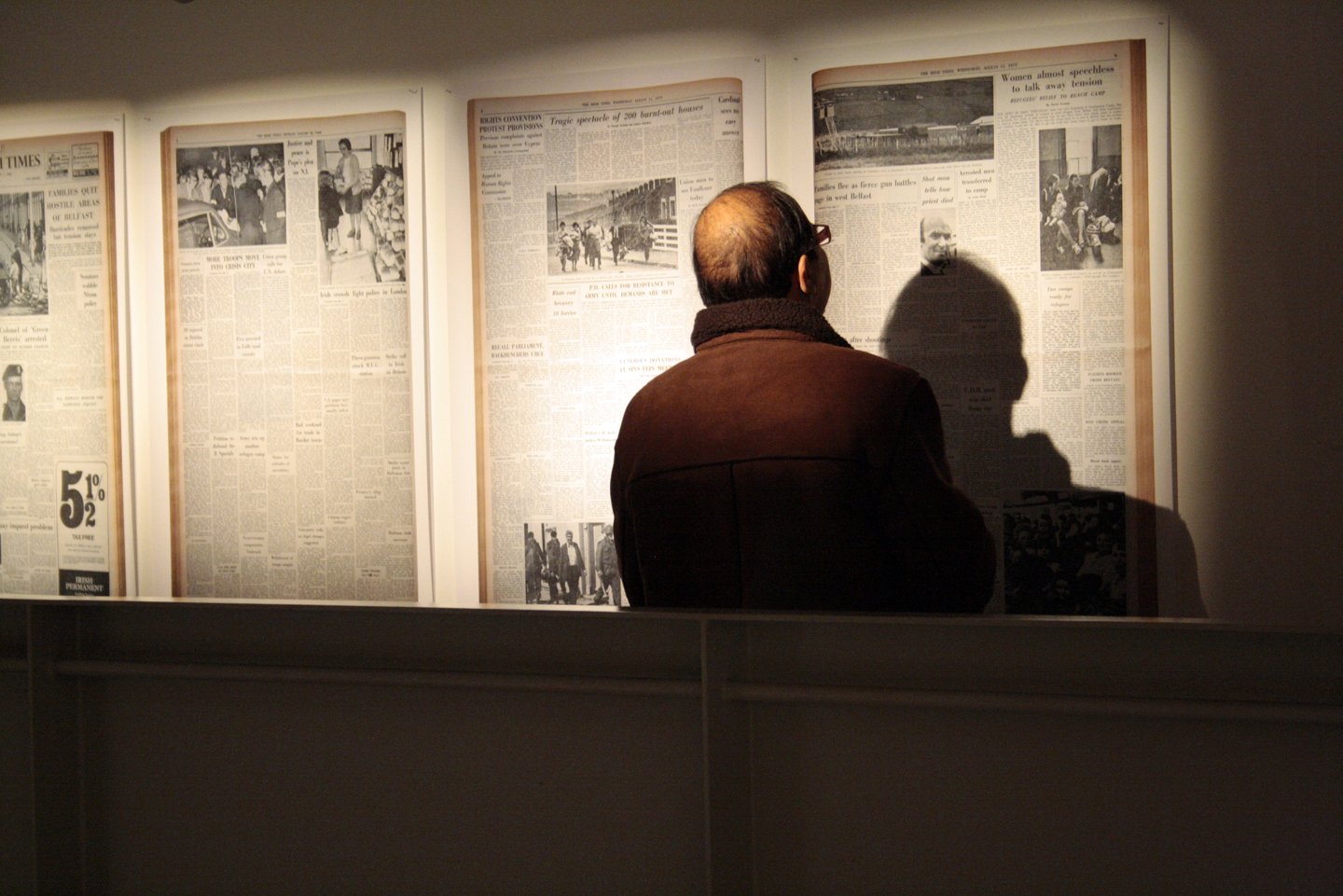
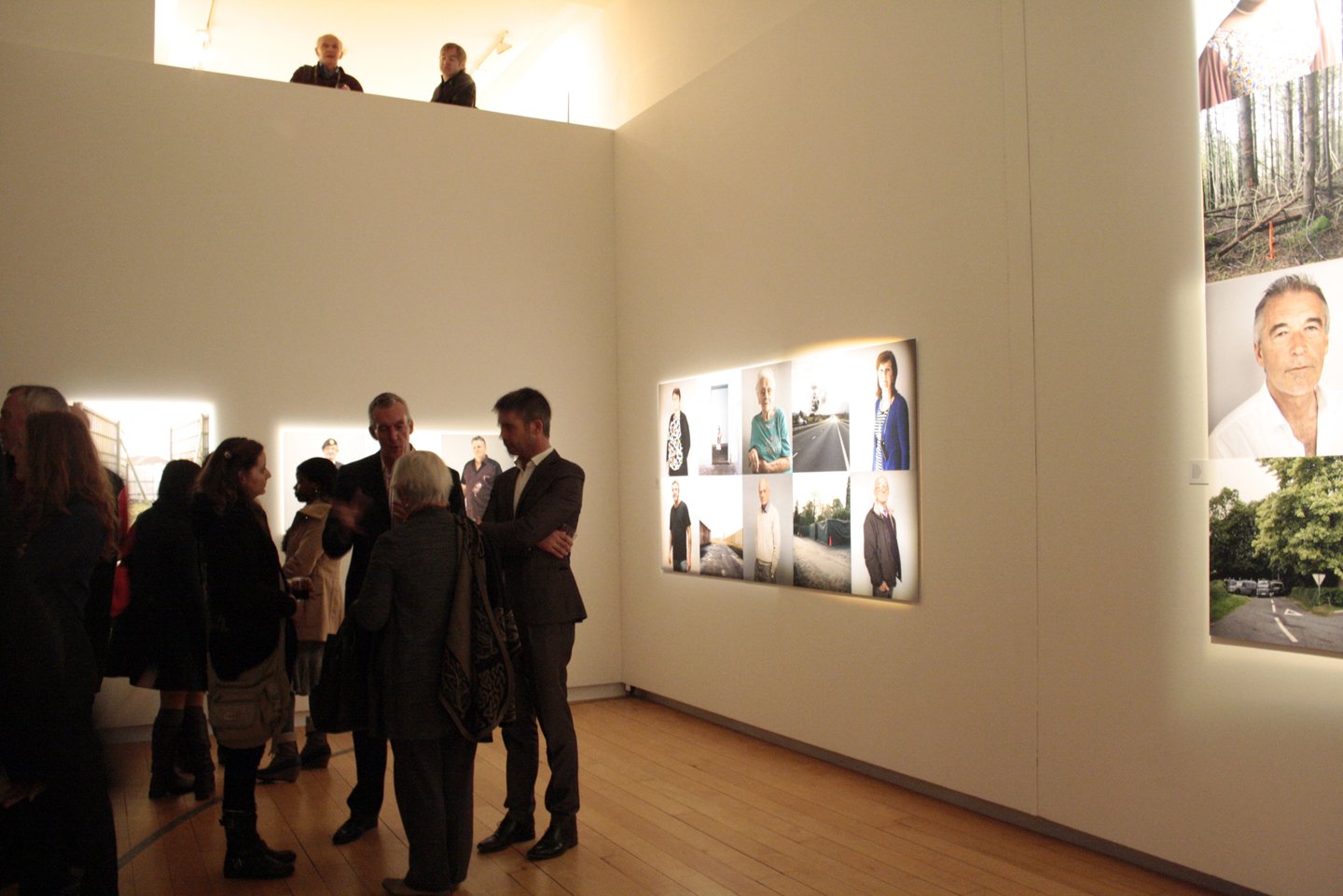
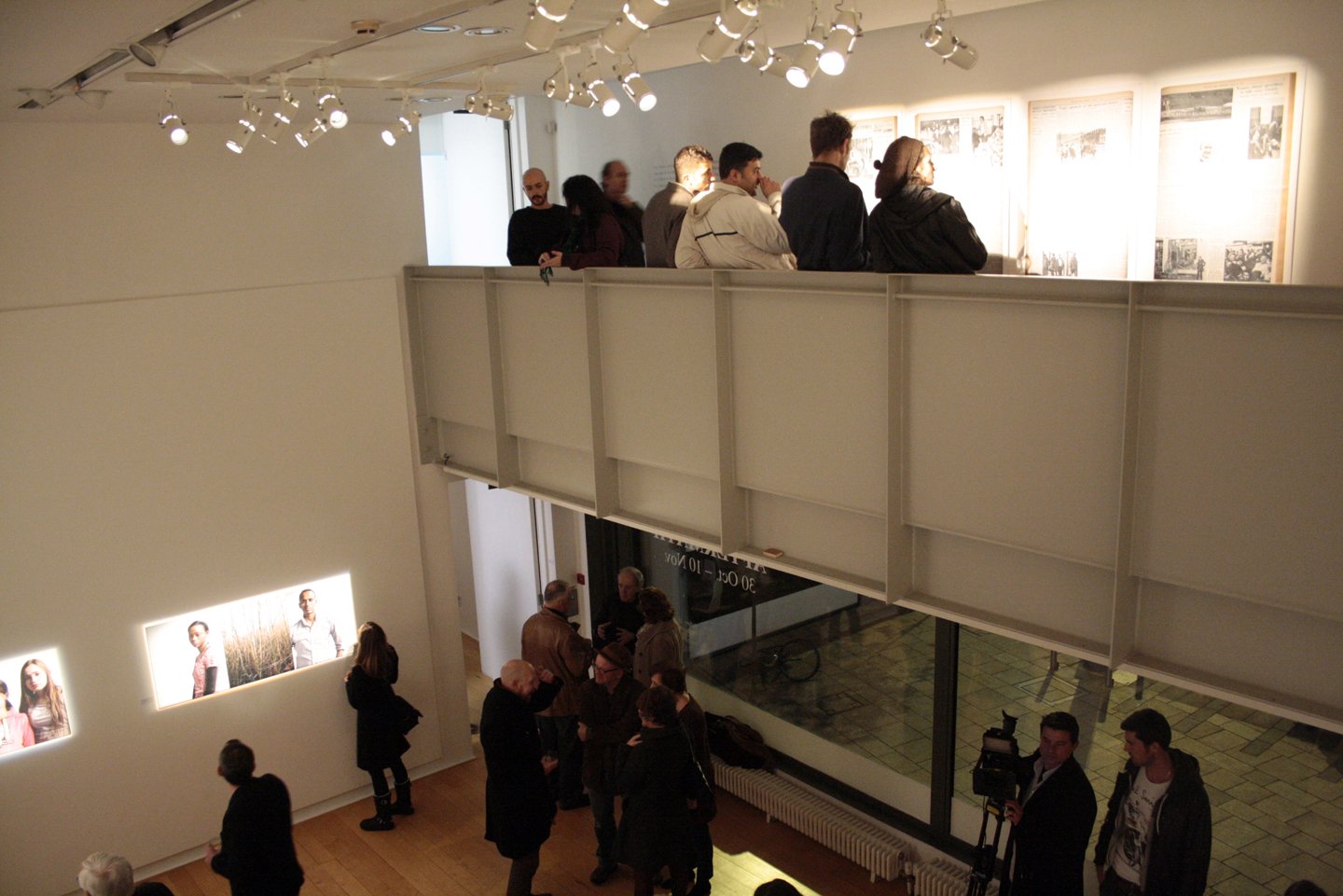
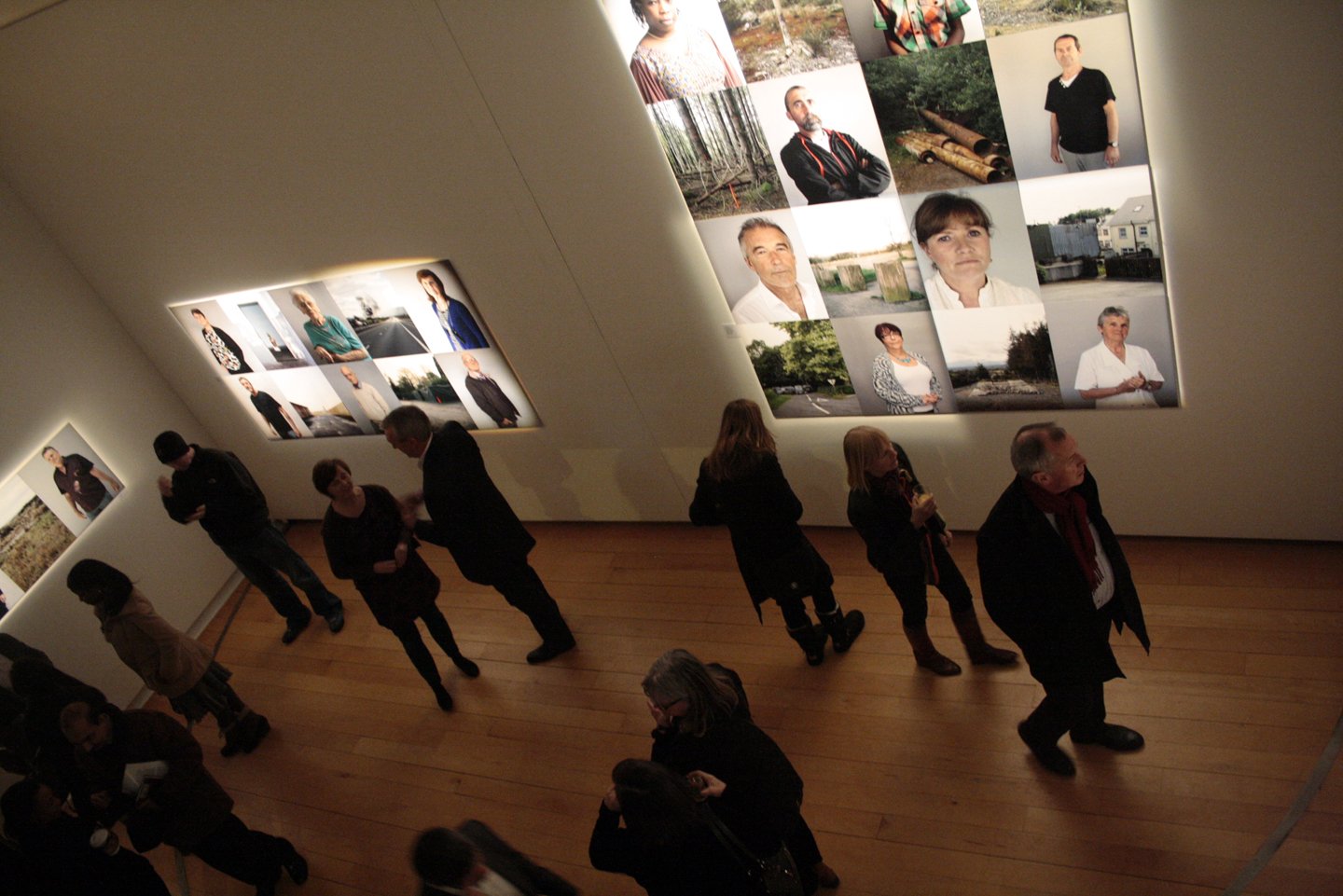
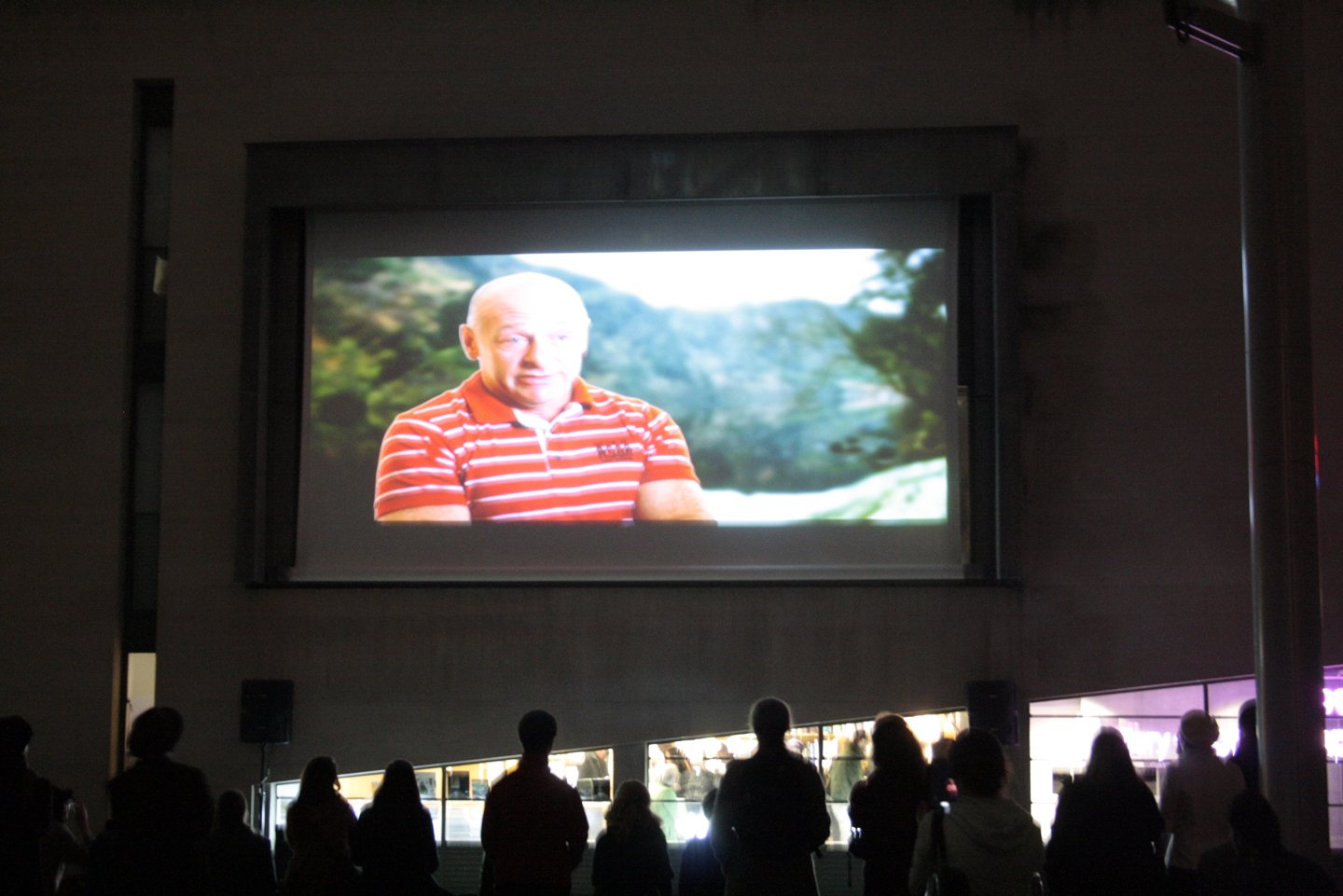
The exhibition in The Gallery of Photography Ireland
Dr. Anthony Haughey lives and works in Co. Louth and Dublin. He is an artist and a lecturer in the School of Media at the Dublin Institute of Technology. He is an editorial advisor for the photographic journal Photographies (London: Routledge). He was previously Senior Research Fellow at the Interface Centre for Research in Art, Technologies and Design at the University of Ulster http://interface.ulster.ac.uk where he was awarded his PhD in 2009. His work has been exhibited widely internationally and is represented in public and private collections worldwide. His work has received widespread critical acclaim, ‘Settlement’ (2012) explored the collapse of Ireland’s Celtic Tiger housing boom. ‘Citizen’ explores notions of citizenship, migration, and contested spaces. He was also showing in ‘Homelands’, a major British Council touring exhibition in India, where he travelled to Kolkata in early March to give a series of artist talks and workshops.
Dr. Laurence McKeown is a writer and playwright though sees those roles within the broader context of political activism, academia, and the role that the arts can play in both. His involvement in creative works, political education, and academia began during his period of incarceration as a political prisoner (1976-1992). Following his release from prison Laurence completed a doctoral thesis at Queen’s University, Belfast which examined the development of Irish republican prisoners’ politics and methods of organisation. His thesis was published in 2001 entitled Out of Time. In the 1990s Laurence also co-wrote a feature film, H3, based on the 1981 hunger strike within the prison which he participated in and during which 10 prisoners died. Laurence then began to work as a playwright, using full-length plays and bespoke theatre to explore issues concerning the legacy of the conflict in the North of Ireland. He is currently Coordinator of the Aftermath project based in Co Louth & Newry/South Armagh which looks at victims/survivors of the conflict and also persons displaced by the conflict in Ireland and internationally.
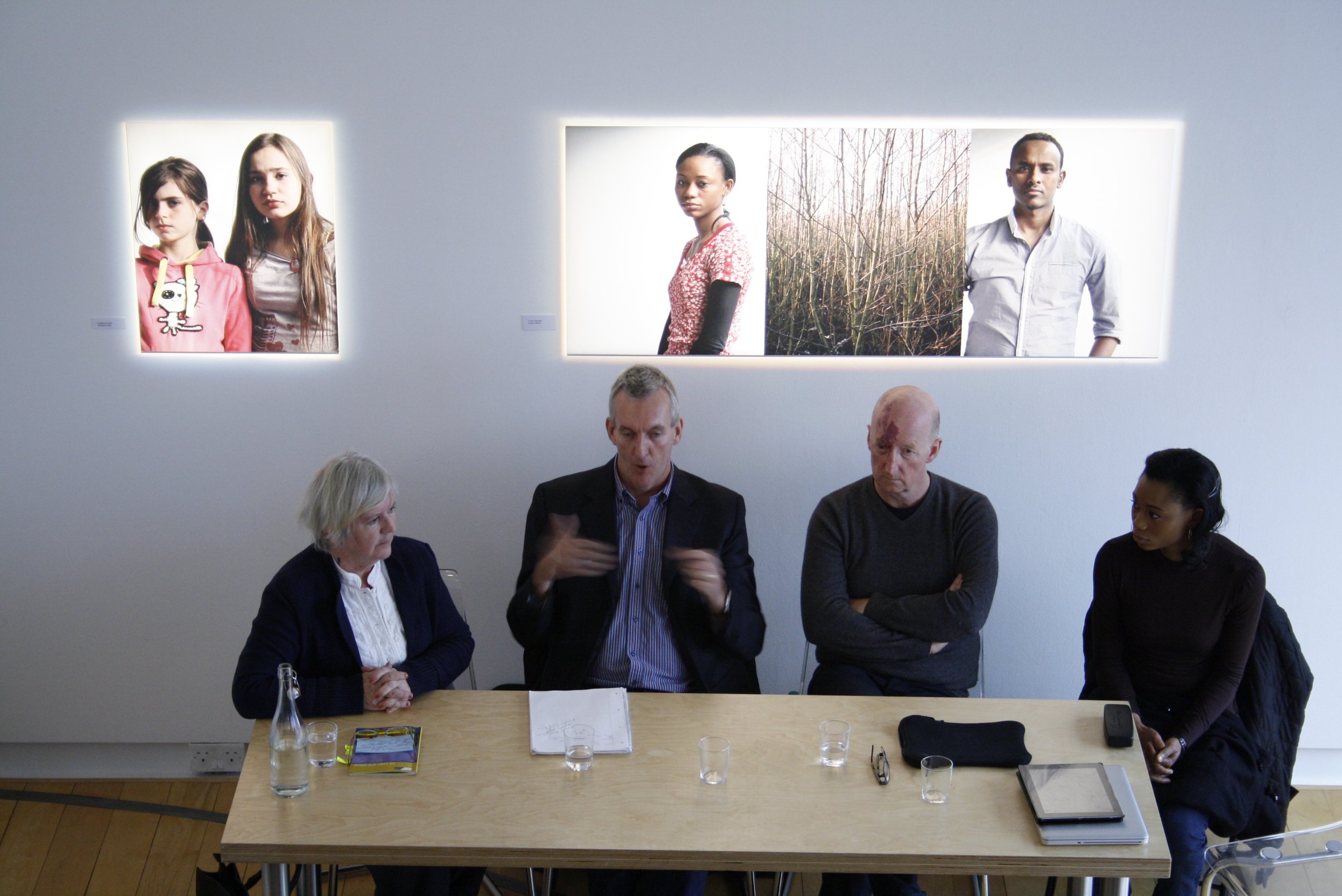

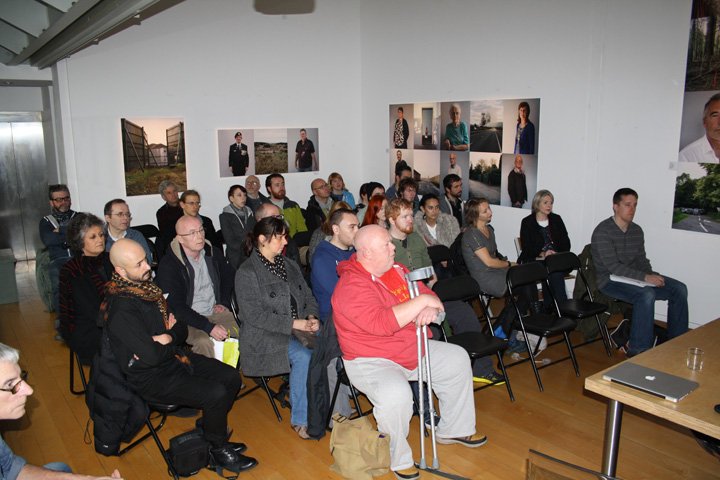
Dr. Anthony Haughey , Dr. Laurence McKeown & Elaine Agnew speaking on the exhibition
In 2012 County Antrim composer Elaine Agnew received a BBC Proms commission and the premiere of Dark Hedges by the Ulster Youth Orchestra, the Ulster Orchestra and Sir James Galway in the Royal Albert Hall was a huge success, one reviewer describing it as “compelling from beginning to end.” Elaine’s many works have been performed and broadcast worldwide by a variety of internationally renowned artists and orchestras. She was appointed as the first RTÉ lyric fm Composer-in-Residence in 2008 and her two commissioned Christmas carols have been recently released on the Lyric fm Choirs for Christmas CD. Her works have featured at major festivals including the Belfast Festival at Queen’s, London BMIC Cutting Edge, Spitalfields and the Slovenian Unicum Festival and in many world-class venues: the Carnegie, JF Kennedy, Wigmore and Royal Albert Halls. The Irish Chamber Orchestra opened their January concert at the prestigious Konzerthaus in Berlin with Strings A-Stray to celebrate the German launch of Ireland's Presidency of the Council of the European Union. Elaine is also a renowned music animateur, much in demand for her innovative and creative work with people of all ages.
Funders & partners
The Aftermath project is funded through the EU Peace III Programme as awarded by the County Louth Peace and Reconciliation Partnership. The AFTERMATH project is delivered by Diversity Challenges (lead partner) in partnership with, The Integration Centre, the County Museum, Dundalk, and the Rural Community Network. The project delivers two programmes which actively engage with victims/survivors of the conflict in Ireland and their families and those displaced by conflict. The project is funded through the EU PEACE III Programme as awarded by the County Louth Peace and Reconciliation Partnership.
• The Special EU Programmes Body (SEUPB) is a North/South Implementation Body sponsored by the Department of Finance and Personnel in Northern Ireland and the Department of Finance in Ireland. It is responsible for managing two EU structural funds Programmes PEACE III and INTERREG IVA designed to enhance cross-border co-operation, promote reconciliation and create a more peaceful and prosperous society. The programmes operate within a clearly defined area including Northern Ireland, the Border Region of Ireland and in the case of INTERREG IVA, Western Scotland.
• The PEACE III Programme is worth €333 million and is aimed primarily at reinforcing progress towards a peaceful and stable society and promoting reconciliation. It focuses on helping Northern Ireland and the Border Region of Ireland to reconcile communities and contribute towards a shared society.
• For more information on the SEUPB please visit www.seupb.eu
Exhibition dates
30 October – 10 November 2013
Gallery information
Opening hours
Open 6 days:
Tuesday - Saturday, 11am - 5pm
Open Mondays by appointment for ongoing education, artists archiving and training.
Closed Sundays
Closed for bank holidays and public holidays
Admission is free
Find us
Gallery of Photography Ireland
Meeting House Square,
Temple Bar,
Dublin D02 X406, Ireland




